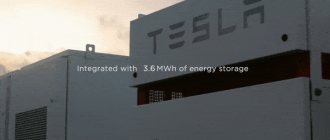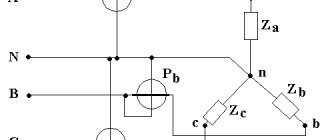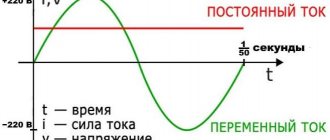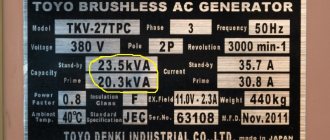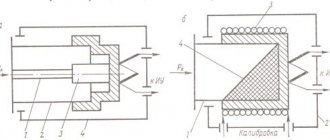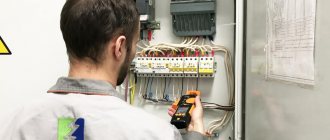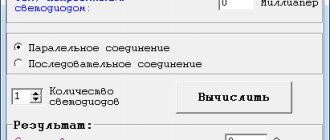- home
- Directory
- Physics
In order to characterize the speed at which work is performed ($A$), the concept of power (P) is used, which is defined as:
\[P=\frac{dA}{dt}\left(1\right),\]
expression (1) is the instantaneous power.
Instantaneous power can be defined as:
\[P=\overline{F}\overline{v}\left(2\right),\]
where $\overline{F}$ is the vector of the force that does the work; $\overline{v}$ is the velocity vector of the point to which the force $\overline{F}$ is applied.
Power determination
Let's say we need to harvest wheat from a field of 100 hectares. This can be done manually or using a food processor. Obviously, while a person cultivates 1 hectare of area, a combine harvester will have time to do much more. In this case, the difference between man and technology is precisely what is called power. This leads to the first definition.
| Power in physics is the amount of work done per unit of time. |
Let's consider another example: between point A and point B the distance is 15 km, which a person can cover in 3 hours, but a car can travel in just 10 minutes. It is clear that they will do the same amount of work in different times. What does power show in this case? How quickly or at what speed something is done.
In electromechanics, this quantity has another definition.
| Power is a scalar physical quantity that characterizes the instantaneous rate of energy transfer from system to system or the rate of conversion, change, and consumption of energy. |
Recall that scalar quantities are those whose value is expressed only as a number (without a direction vector).
Human power depending on activity
| Kind of activity | Power, W |
| Slow walking | 60–65 |
| Running at a speed of 9 km/h | 750 |
| Swimming at a speed of 50 m/min | 850 |
| Football game | 930 |
The difference between reactive power and active power
In a circuit where there is reactance (take inductive resistance as an example), the value of instantaneous power is equal to:
Accordingly, in the end we get:
This expression shows that reactive energy contains only a variable part, which changes with double frequency, and its average value is zero
Graph q(ωt)
If the current and voltage have a sinusoidal shape and the network contains elements of the RL or RC type, then in such networks, in addition to energy conversion in the active element R, the energy of the electric and magnetic fields in the reactive elements L and C also changes.
In this case, the total power of the network will be equal to the sum:
How power is indicated: units of measurement
In the table above, you saw the designation in watts, and when reading the instructions for household appliances, you will notice that the number of watts is necessarily indicated among the characteristics of the device. It is a unit of measurement of mechanical power used in the international SI system. It is designated by the letter W or W.
The measurement of power in watts was adopted in honor of the Scottish scientist James Watt, the inventor of the steam engine. He became one of the founders of the English industrial revolution.
In physics, the following designation for power is accepted: 1 W = 1 J / 1s.
This means that 1 watt is the power required to do 1 joule of work in 1 second.
In what other units is power measured? Astrophysicists measure it in ergs per second (erg/sec), and in the automotive industry you still hear about horsepower.
It is interesting that the author of this last unit of measurement was the same Scot James Watt. At one of the breweries where he conducted his research, the owner pumped water for production using horses. And Watt found out that 1 horse lifts about 75 kg of water to a height of 1 meter per second. That's how the horsepower measurement came about. True, today such a designation of power in physics is considered obsolete.
One horsepower is the power required to lift a 75 kg load 1 meter in 1 second.
